Work is nearing completion on 300 Huntington Street, a six-story commercial building in Gowanus, Brooklyn. Designed by Dattner Architects and Bernheimer Architecture and developed and built by Monadnock Development, the 101,000-square-foot structure will yield 80,000 square feet of office space, 12,290 square feet of retail space, a 3,470-square-foot industrial workshop, 5,780 square feet of unspecified building service area, and a 15,490-square-foot rear yard dedicated to the anchor tenant. The property is bound by Huntington Street to the north, 9th Street to the south, the Gowanus Canal to the east, and Smith Street to the east.
The entire building has been enclosed in its dark gray brick façade and grid of oversized windows since our last update in mid February, when the steel-framed superstructure had recently topped out and stood largely exposed. Work is now progressing on the top of the fourth-floor setback, where crews are laying white stone tile for the outdoor terraces. The only other outstanding task is the construction of the landscaped esplanade along the Gowanus Canal.
Updated renderings of 300 Huntington Street preview the activation of the roof terrace, as well as the ground-floor retail frontage and the SCAPE Landscape Architecture-designed public plaza. This 7,548-square-foot public esplanade will feature newly planted trees, wooden benches, tables, and lush garden beds.
Here we see the northern corner of 300 Huntington Street.
The below renderings detail the interior aesthetics of the office spaces.
The property is located on a previously vacant lot that was prepared for construction by VHB Engineering following an Environmental Assessment Statement by the Department of City Planning. The development is located directly beside the elevated platform of the Smith-9th Streets station, serviced by the local F and G trains.
YIMBY anticipates construction on 300 Huntington Street to conclude near the end of the year.
Subscribe to YIMBY’s daily e-mail
Follow YIMBYgram for real-time photo updates
Like YIMBY on Facebook
Follow YIMBY’s Twitter for the latest in YIMBYnews

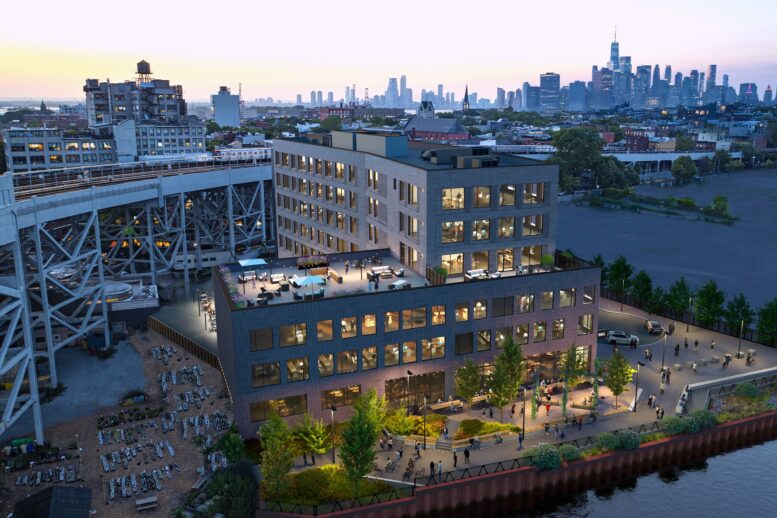
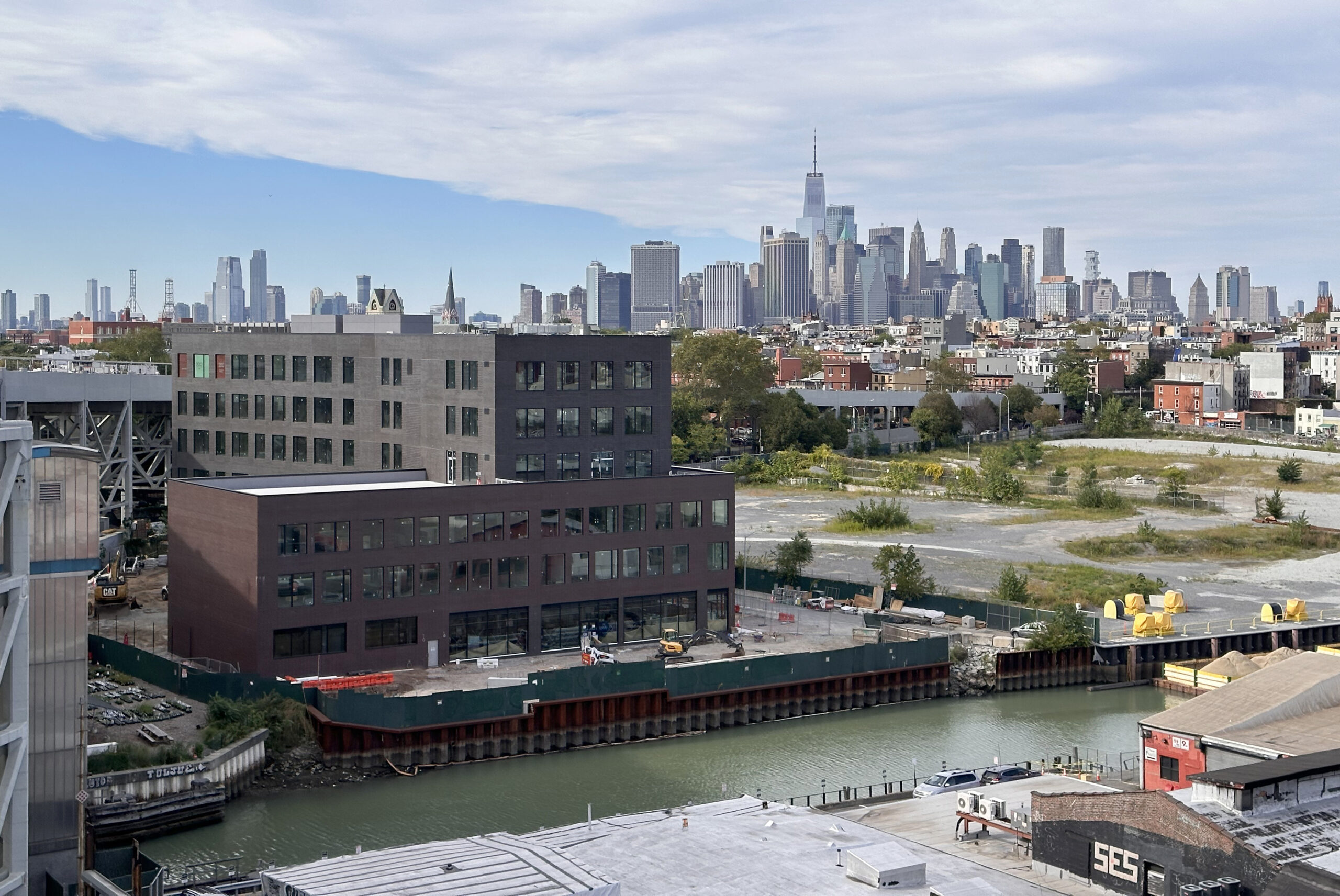
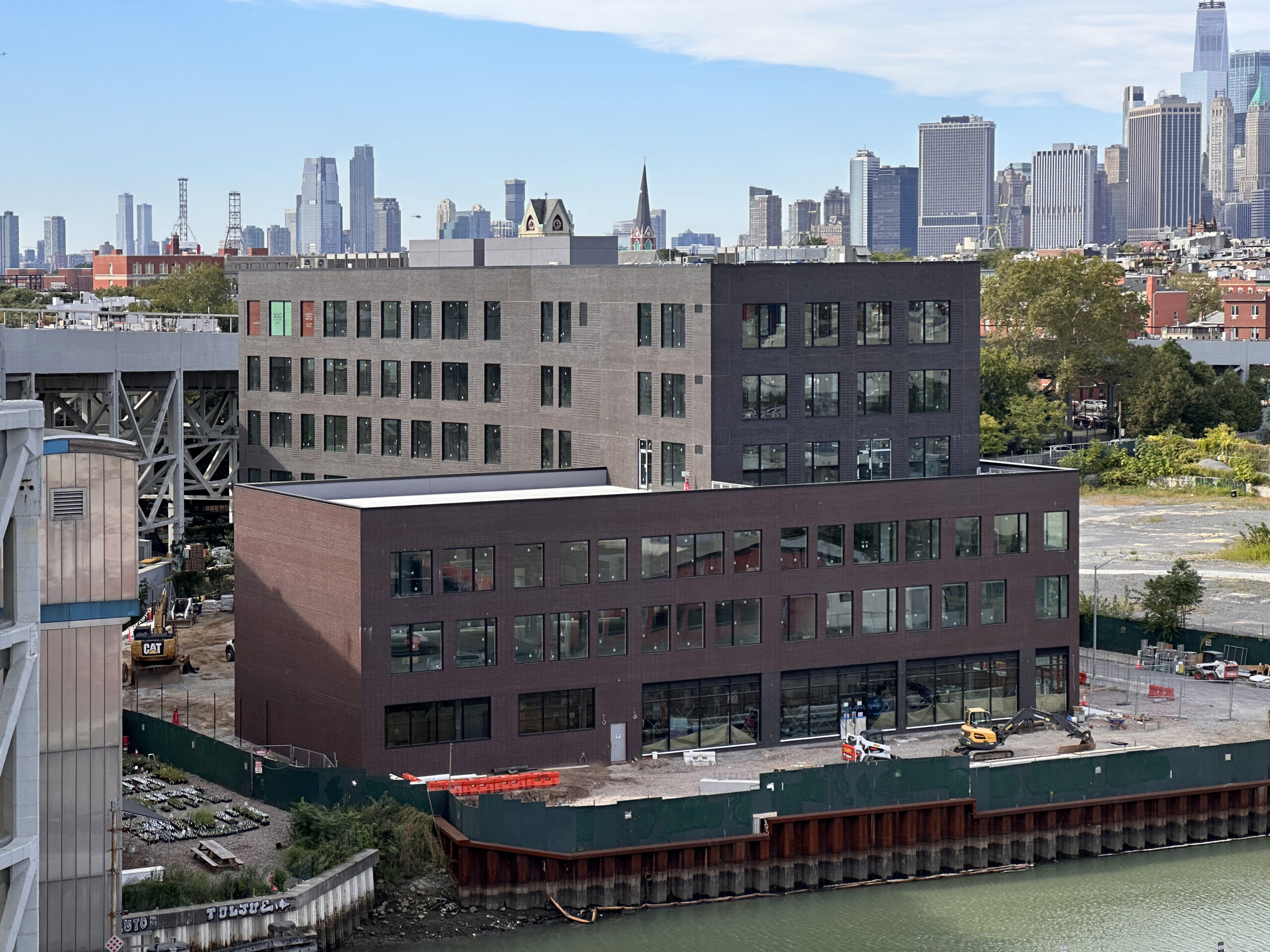
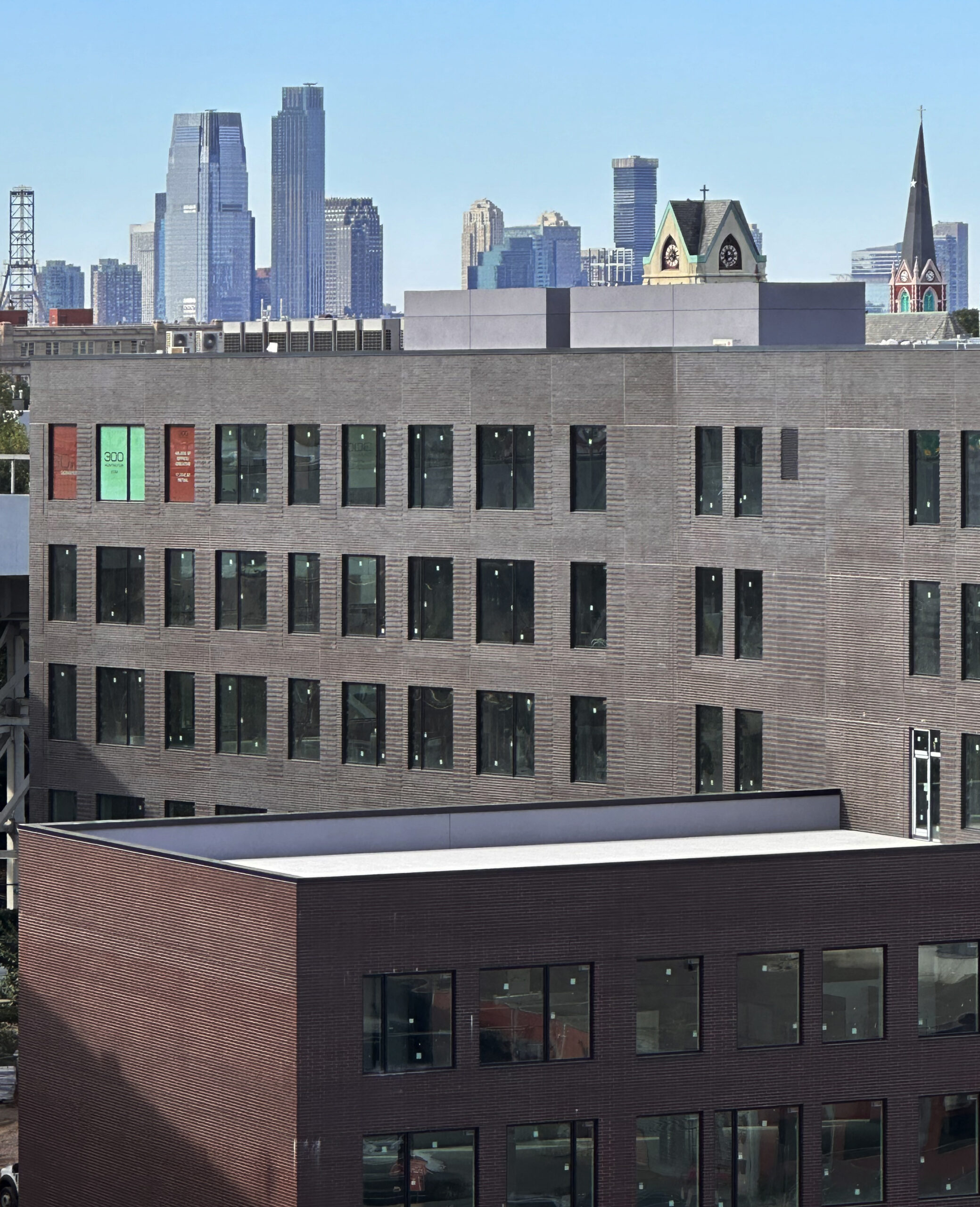
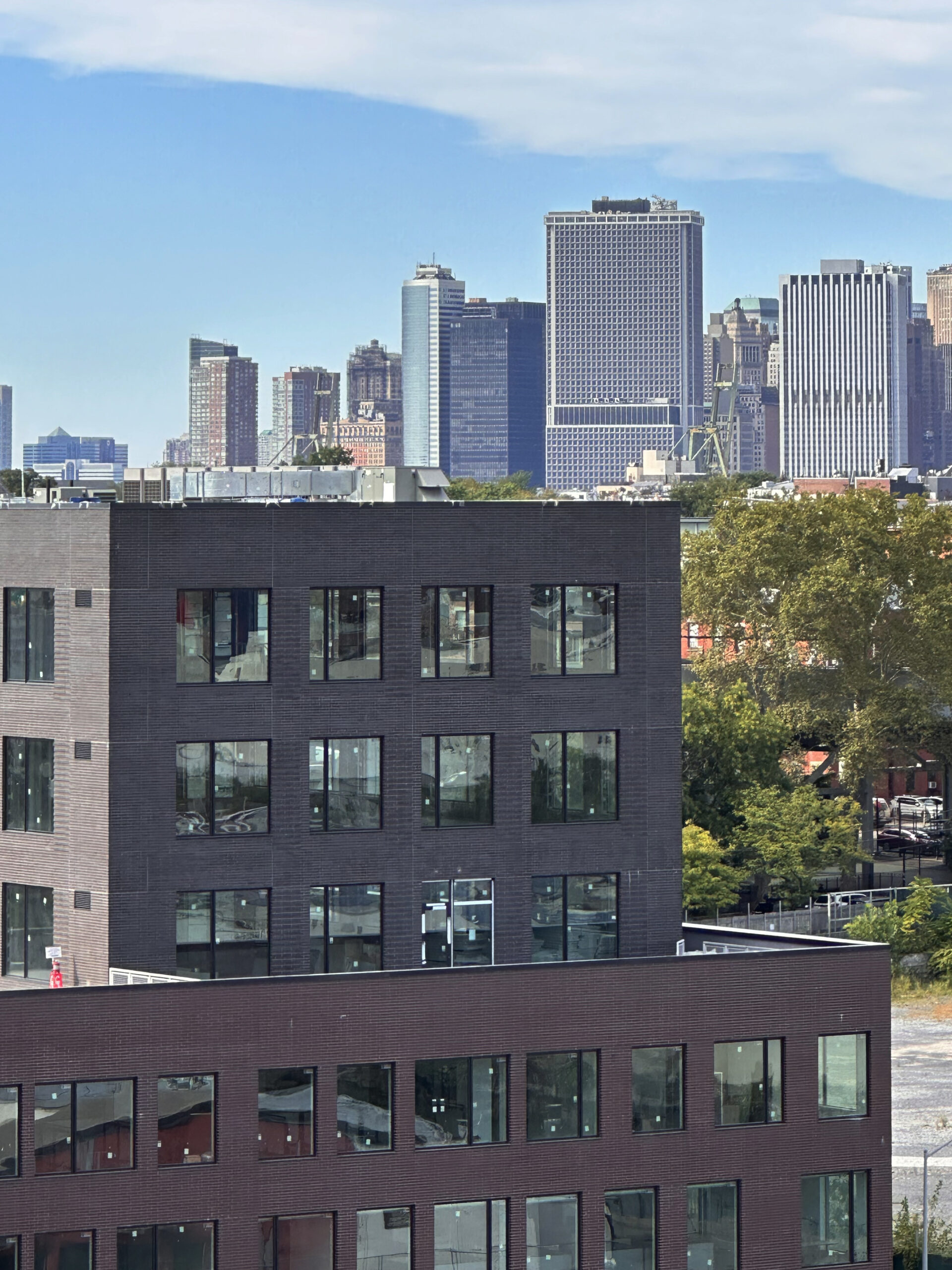

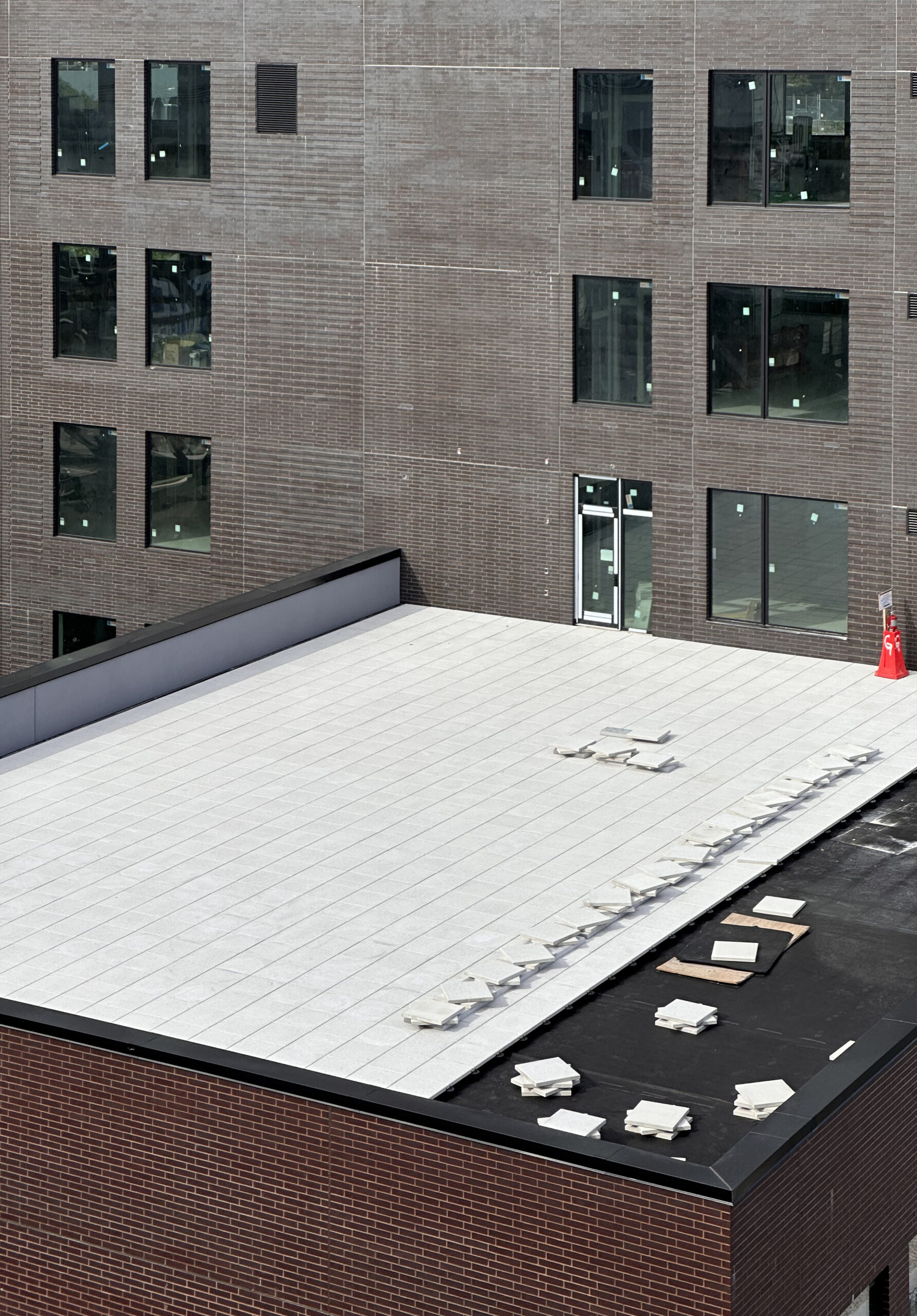

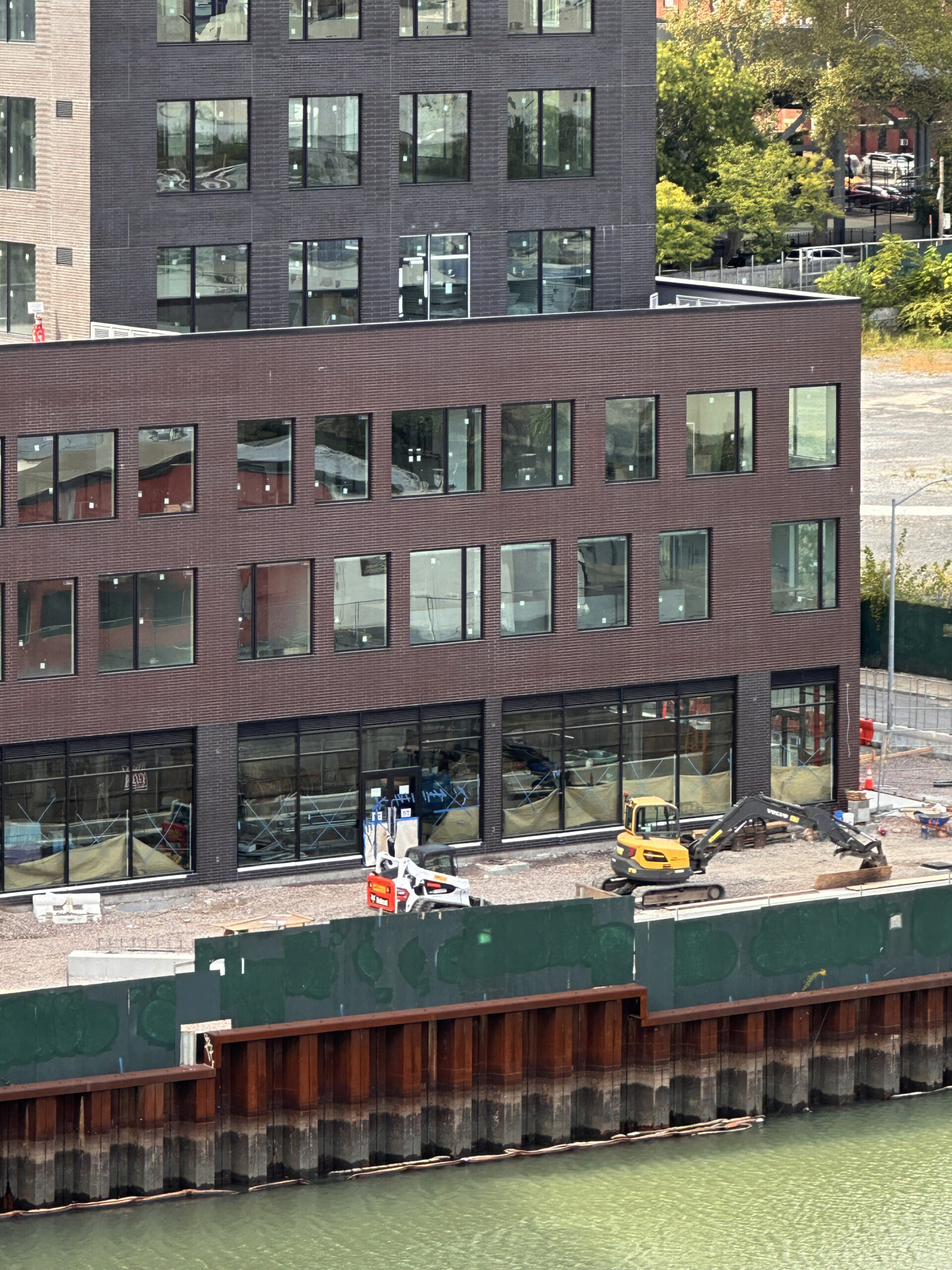
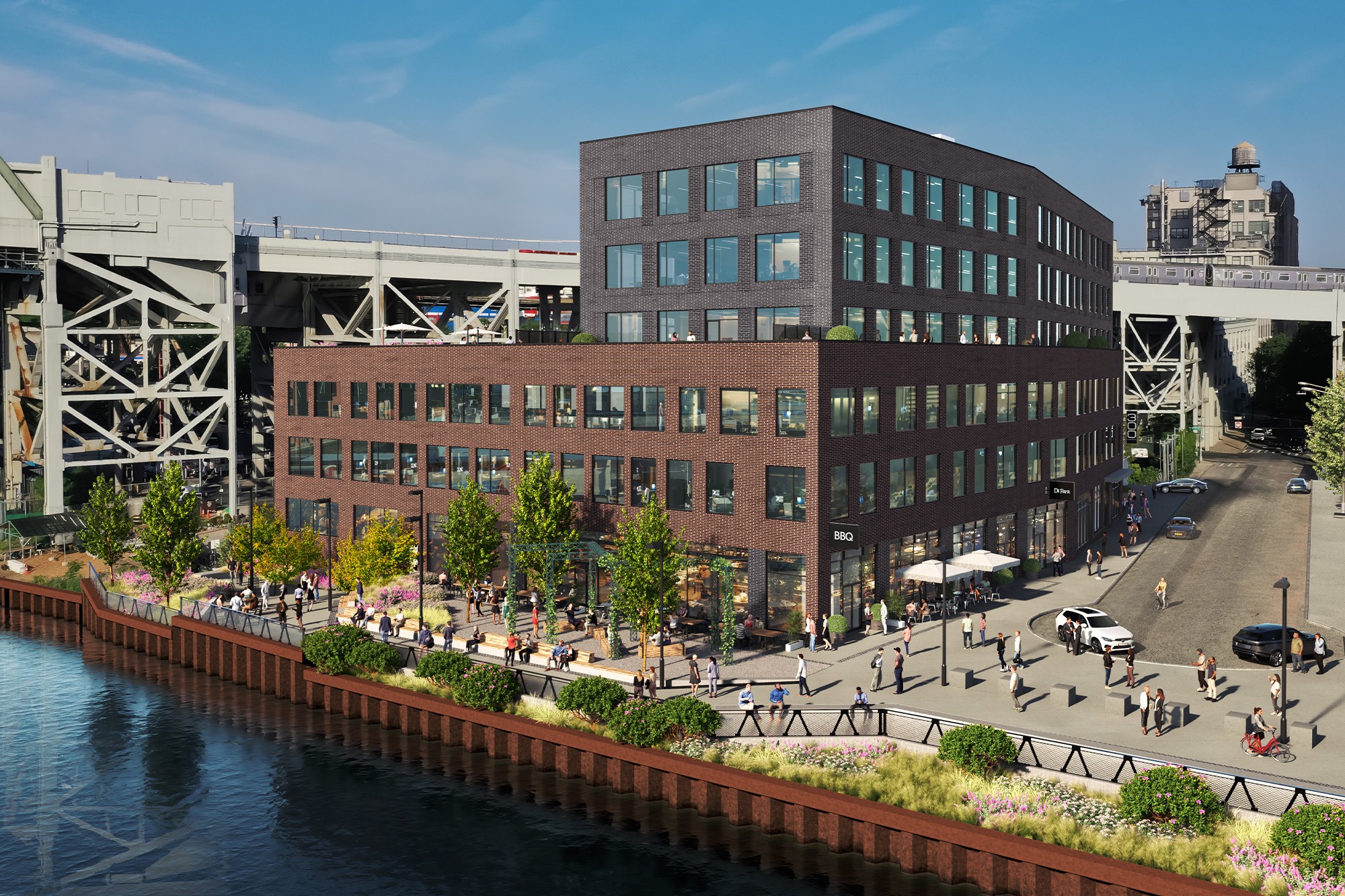
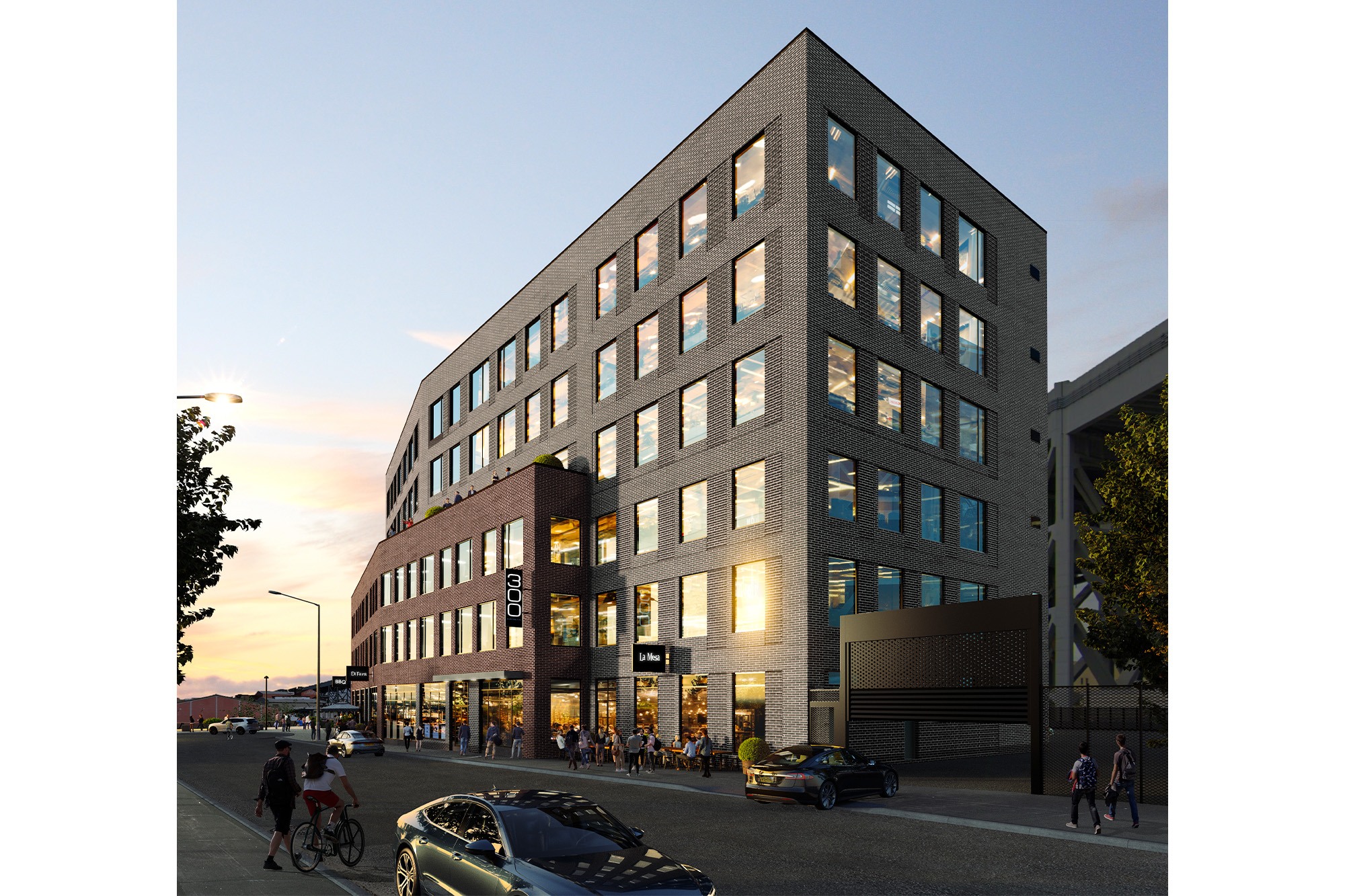






The landscaped esplanade can increase the space below to be much wider, canal and newly planted trees there is no conflict. With the natural beauty that is close to each other, for interior according to that: Thanks to Michael Young.
I still love the fact the Gowanus is being cleaned up and revitalized. Back in High School we took a field trip out there, circa 2004, to do a lab on the canal and the contamination. So cool to see all this happening.
According to the guesser/gubster curmudgeon it’s not getting cleaned up – we’re all just imagining things. Plus some stuff about affordable housing being a joke.
NFA
since you asked , here it is
What’s Happening in Gowanus?
The Canal
The Gowanus Canal Was Designated a “Superfund Site”
For over a century, the banks of the Gowanus Canal were line with industry and manufacturing companies, which released their toxic waste into the canal water as well into the ground. In 2010, the federal government identified the Gowanus Canal as one of the most toxic waterways in the entire country. It’s filled with toxins that pose serious public health risks. As a result, it was designated a “Superfund” site, and in 2020, the Environmental Protection Agency began a $1.5 billion cleanup of the canal.
The Land
The Gowanus Neighborhood Has Been Rezoned
In 2021, 82 blocks in Gowanus were changed from mainly industrial use to allowing residential development. The existing industrial buildings being demolished in the neighborhood will soon be replaced by dozens of apartment towers reaching up to 30 stories tall.
Most of the Rezoned Land is Highly Toxic
The vast majority of development sites in Gowanus (see map, below) are filled with cancer-causing toxins due to a century of industrial use, and have been classified by NY State as “Brownfield sites.” Some have toxins as deep as 150 feet.
The Infrastructure
Sewage Frequently Flows Into the Canal
During heavy rains, raw sewage flows into the canal because it exceeds the current sewer system’s capacity. As a result, the EPA has demanded that the City build two enormous “retention” tanks to keep excess sewage from going into the canal.
What’s The Problem?
The Land is Not Being Cleaned Up Fully, Leaving Toxins in the Soil
All of these sites need to be cleaned up before residential buildings can be built. State law requires they be cleaned to “pre-disposal conditions”—as they were before industrial poisoning. However, this is NOT happening. For instance, at some sites, where toxins reach as deep as 150 feet, the State is only calling for developers to clean less than the top 8 feet of contaminated soil.
Toxins Left in the Soil Can Enter Buildings And Threaten Future Residents’ Health
The State itself acknowledges that when certain toxins (“volatile organic compounds” or VOCs) are left in the soil, they can “move into buildings and affect the indoor air quality.”
Rather than remove them entirely, the State has decided that on the development sites, these toxins will be covered, or “capped,” with a slab of concrete. This method of dealing with toxic land, known as creating a “vapor intrusion barrier,” is very risky, and is so unreliable that these sites must be monitored every year, in perpetuity, to ensure that dangerous vapors haven’t penetrated people’s residences.
The Most Deeply-Affordable Housing Is Planned for the Most Seriously Toxic Site
Some of the worst contamination can be found at “Public Place,” a City-owned plot at the corner of Smith and Fifth Streets which for decades housed a manufactured gas plant that created waste known as “coal tar.” Exposure to coal tar has been linked to a variety of cancers. Coal tar at this site has been found to a depth of 150 feet.
The cleanup proposed for this site is woefully inadequate, and only the top 8 feet of soil will be cleaned. It is also the only site in the entire rezone where 100% of the 950 apartments target lower incomes, including units for unhoused individuals and seniors. A school has also been proposed for this site.
Placing the lowest-income residents in danger in this way raises Environmental Justice concerns.
Toxins Are Not Confined To Their Original Sites and Threaten the Health of Existing and Future Residents
Large “plumes” of migrating carcinogenic coal tar have already been found far from their original site in Gowanus, and with flooding and rising groundwater levels from climate change, these and other carcinogens can wind up underneath existing homes and intrude into them.
Fumes from the Toxic Construction Sites Pose a Danger to the Community
The disturbance of the land at these toxic construction sites has caused air monitors to be set off by toxic fumes reaching dangerously high levels, with the community not notified and only discovered after kids in the neighboring playground smelled it and reported it to our electeds.
The Gowanus Canal will be Re-Contaminated With Toxins
Without a full cleanup, toxins from the sites surrounding the canal will seep right back into the canal and re-contaminate it, thereby not only wasting $1.5 billion in taxpayer dollars, but also returning the canal to its dangerously toxic state.
Sewage Retention Tanks Are Not Being Built, and Sewage will continue to flow into the canal—and into our homes
The City is not following the EPA’s timeline to build the required retention tanks, and at this point says that they won’t be complete until after 2030. And the retention tanks are only meant to deal with the current number of residents in the community; they don’t take into account the additional sewage that will be produced by 20,000 planned future residents.
Without the required retention tanks, and given increases in rainfall as a result of climate change, sewage will (and has) backed up into people’s homes.
FYI there was massive sewage overflow in Gowanus because of heavy rains yesterday. The polluted toxic canal was overflowing.
But since you asked
here it is
What’s Happening in Gowanus?
The Canal
The Gowanus Canal Was Designated a “Superfund Site”
For over a century, the banks of the Gowanus Canal were line with industry and manufacturing companies, which released their toxic waste into the canal water as well into the ground. In 2010, the federal government identified the Gowanus Canal as one of the most toxic waterways in the entire country. It’s filled with toxins that pose serious public health risks. As a result, it was designated a “Superfund” site, and in 2020, the Environmental Protection Agency began a $1.5 billion cleanup of the canal.
The Land
The Gowanus Neighborhood Has Been Rezoned
In 2021, 82 blocks in Gowanus were changed from mainly industrial use to allowing residential development. The existing industrial buildings being demolished in the neighborhood will soon be replaced by dozens of apartment towers reaching up to 30 stories tall.
Most of the Rezoned Land is Highly Toxic
The vast majority of development sites in Gowanus (see map, below) are filled with cancer-causing toxins due to a century of industrial use, and have been classified by NY State as “Brownfield sites.” Some have toxins as deep as 150 feet.
The Infrastructure
Sewage Frequently Flows Into the Canal
During heavy rains, raw sewage flows into the canal because it exceeds the current sewer system’s capacity. As a result, the EPA has demanded that the City build two enormous “retention” tanks to keep excess sewage from going into the canal.
What’s The Problem?
The Land is Not Being Cleaned Up Fully, Leaving Toxins in the Soil
All of these sites need to be cleaned up before residential buildings can be built. State law requires they be cleaned to “pre-disposal conditions”—as they were before industrial poisoning. However, this is NOT happening. For instance, at some sites, where toxins reach as deep as 150 feet, the State is only calling for developers to clean less than the top 8 feet of contaminated soil.
Toxins Left in the Soil Can Enter Buildings And Threaten Future Residents’ Health
The State itself acknowledges that when certain toxins (“volatile organic compounds” or VOCs) are left in the soil, they can “move into buildings and affect the indoor air quality.”
Rather than remove them entirely, the State has decided that on the development sites, these toxins will be covered, or “capped,” with a slab of concrete. This method of dealing with toxic land, known as creating a “vapor intrusion barrier,” is very risky, and is so unreliable that these sites must be monitored every year, in perpetuity, to ensure that dangerous vapors haven’t penetrated people’s residences.
The Most Deeply-Affordable Housing Is Planned for the Most Seriously Toxic Site
Some of the worst contamination can be found at “Public Place,” a City-owned plot at the corner of Smith and Fifth Streets which for decades housed a manufactured gas plant that created waste known as “coal tar.” Exposure to coal tar has been linked to a variety of cancers. Coal tar at this site has been found to a depth of 150 feet.
The cleanup proposed for this site is woefully inadequate, and only the top 8 feet of soil will be cleaned. It is also the only site in the entire rezone where 100% of the 950 apartments target lower incomes, including units for unhoused individuals and seniors. A school has also been proposed for this site.
Placing the lowest-income residents in danger in this way raises Environmental Justice concerns.
Toxins Are Not Confined To Their Original Sites and Threaten the Health of Existing and Future Residents
Large “plumes” of migrating carcinogenic coal tar have already been found far from their original site in Gowanus, and with flooding and rising groundwater levels from climate change, these and other carcinogens can wind up underneath existing homes and intrude into them.
Fumes from the Toxic Construction Sites Pose a Danger to the Community
The disturbance of the land at these toxic construction sites has caused air monitors to be set off by toxic fumes reaching dangerously high levels, with the community not notified and only discovered after kids in the neighboring playground smelled it and reported it to our electeds.
The Gowanus Canal will be Re-Contaminated With Toxins
Without a full cleanup, toxins from the sites surrounding the canal will seep right back into the canal and re-contaminate it, thereby not only wasting $1.5 billion in taxpayer dollars, but also returning the canal to its dangerously toxic state.
Sewage Retention Tanks Are Not Being Built, and Sewage will continue to flow into the canal—and into our homes
The City is not following the EPA’s timeline to build the required retention tanks, and at this point says that they won’t be complete until after 2030. And the retention tanks are only meant to deal with the current number of residents in the community; they don’t take into account the additional sewage that will be produced by 20,000 planned future residents.
Without the required retention tanks, and given increases in rainfall as a result of climate change, sewage will (and has) backed up into people’s homes.
They have so many buildings coming up there, many of them residential! Given what happened yesterday I really hope the city has plans to upgrade the sewage system soon, otherwise the flood mayhem we saw yesterday will get way worse next time, at the point of being unhabitable. Not to mention there are may toxic wastes underground that must resurface one way or the other when it floods. I love the idea of rehabilitating this area, but with such poor urban planning, it may turn into a real disaster.
Hope they installed floor barrier protection.